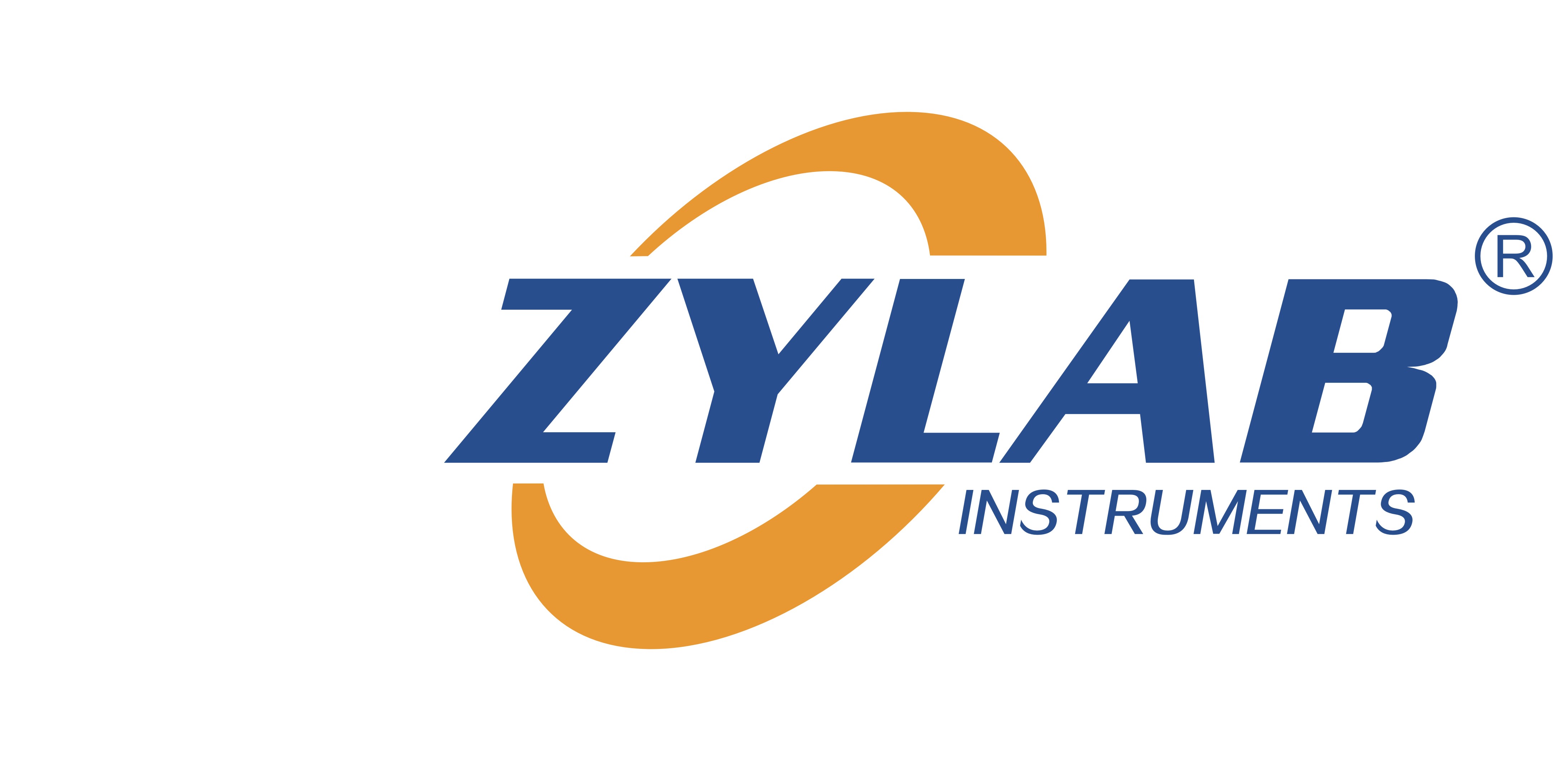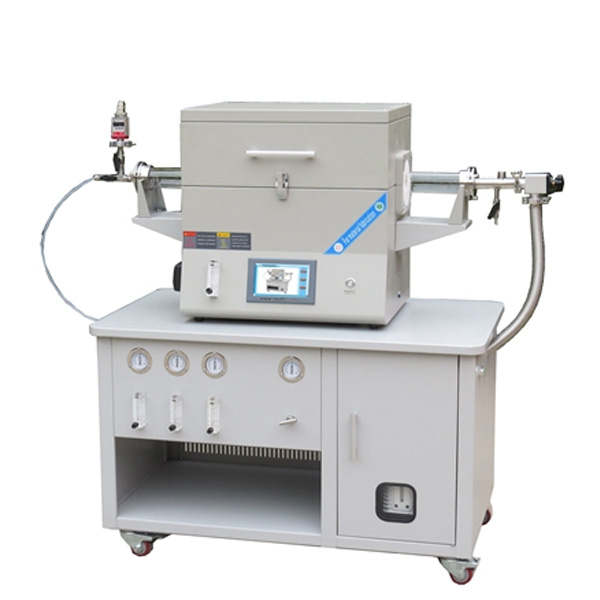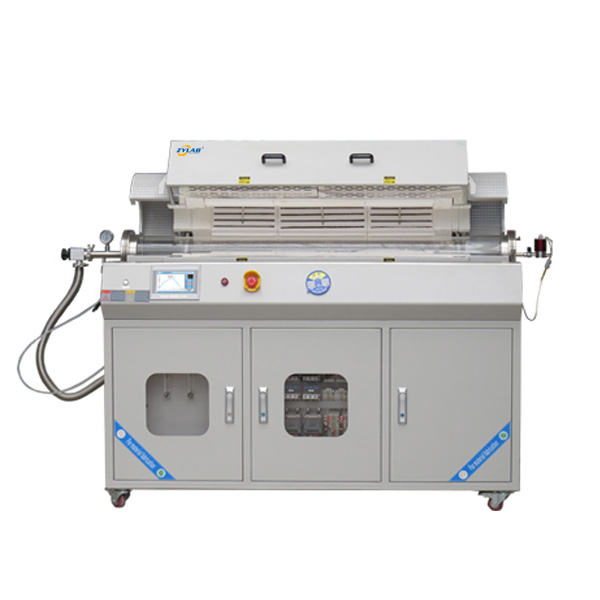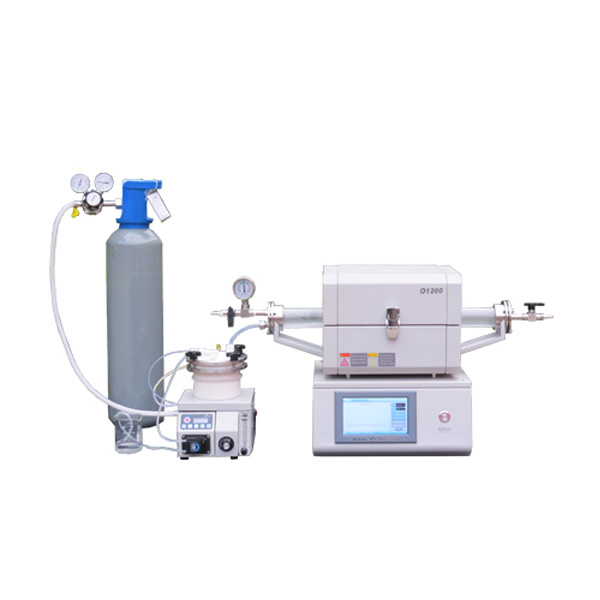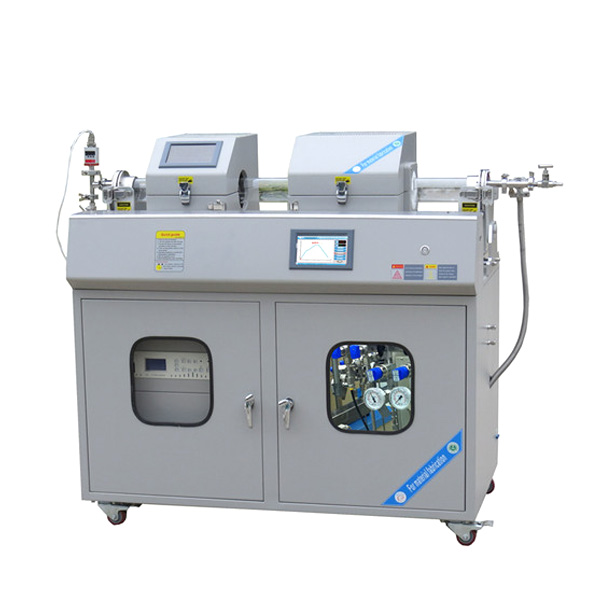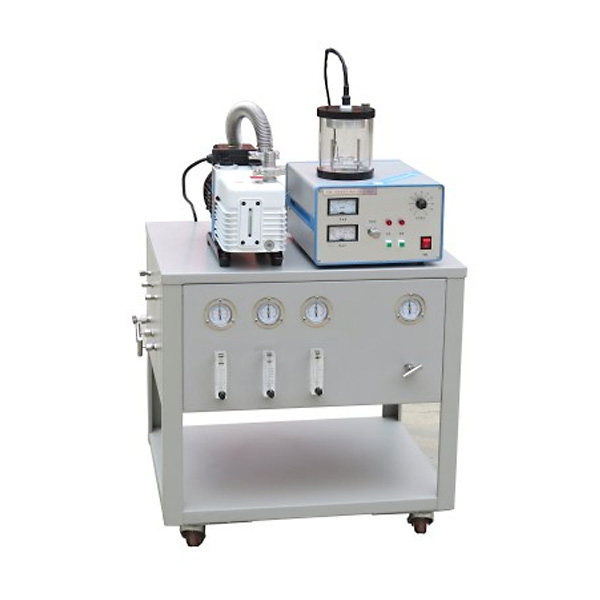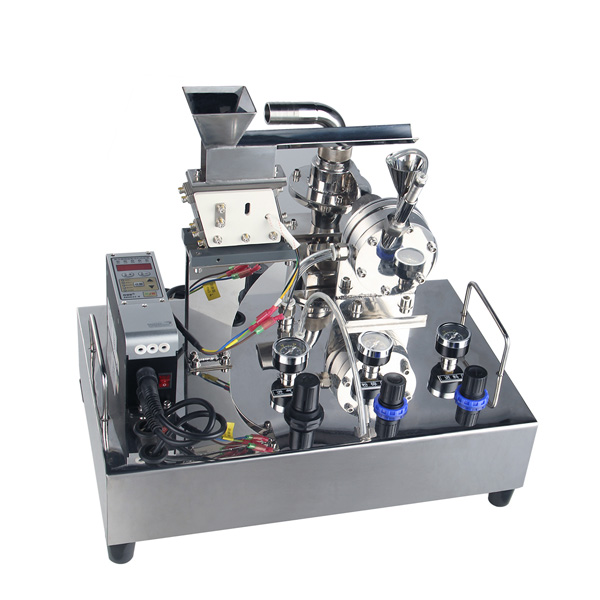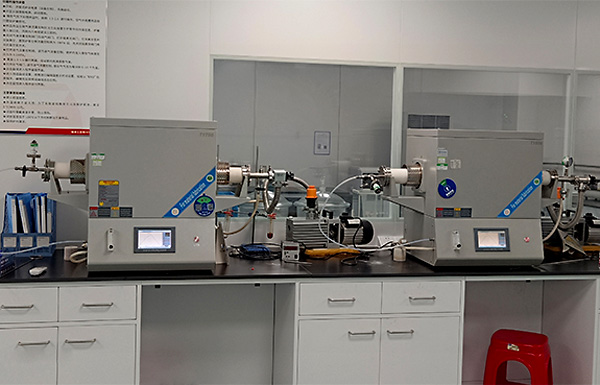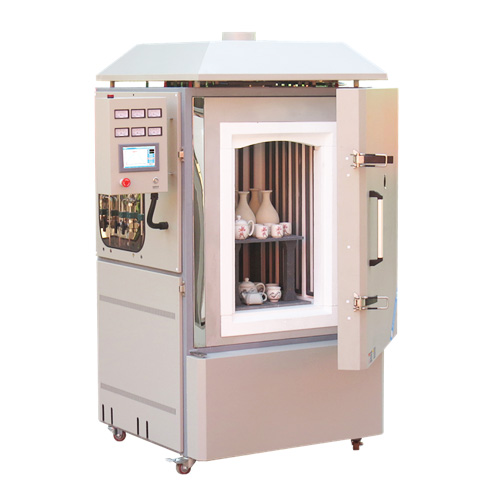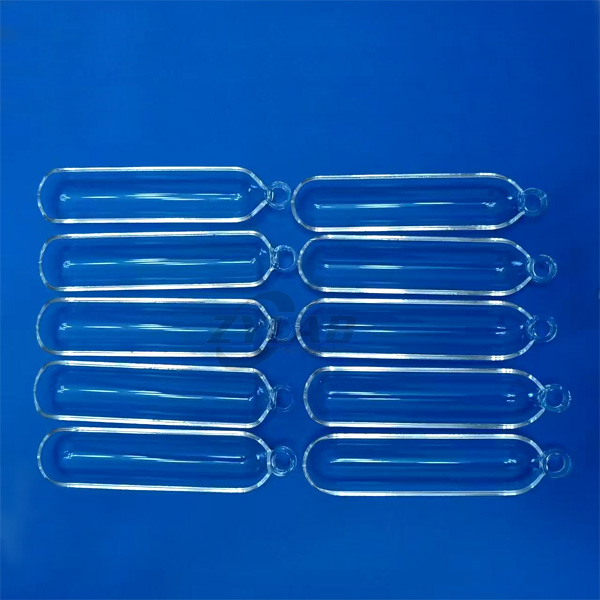The choice between CVD and PVD depends on specific application requirements and material properties.
CVD (Chemical Vapor Deposition)
Advantages:
- High Uniformity: Suitable for coating complex-shaped surfaces.
- Controllable Deposition Thickness: Easily achieves thick film deposition.
- Strong Adhesion: Films have strong bonding with the substrate.
- Wide Material Range: Can deposit various metals, oxides, carbides, and reduced compounds.
Disadvantages:
- High-Temperature Requirement: Typically requires high deposition temperatures (>500°C), making it unsuitable for low-melting-point substrates.
- Chemical Safety Concerns: Requires handling toxic or hazardous gases.
Applications:
- Semiconductor device manufacturing (e.g., transistors and photovoltaic cells).
Hard coatings (e.g., tungsten carbide coatings).
CVD Furnace:
PVD (Physical Vapor Deposition)
Advantages:
- Low-Temperature Deposition: Suitable for heat-sensitive substrates.
- Environmentally Friendly: Uses fewer hazardous chemicals.
- High Deposition Rate: Ideal for fast coating processes.
- High-Purity Coatings: Suitable for high-performance thin films.
Disadvantages:
- Limited Coverage on Complex Shapes: Uniform deposition on intricate geometries is challenging.
- Lower Film Durability: Compared to CVD, PVD coatings tend to wear out more quickly.
Applications:
- Hard coatings (e.g., tool surface coatings).
- Optical films (e.g., mirrors and optical filters).
- Protective coatings (e.g., wear-resistant and corrosion-resistant coatings).
PVD Equipment:
How to Choose CVD or PVD?
- Temperature Tolerance: If the substrate can withstand high temperatures, CVD is preferable.
- Film Uniformity: CVD is better for uniform coatings on complex geometries.
- Environmental & Cost Factors: PVD is a milder, more eco-friendly process, suitable for temperature-sensitive materials or small-batch production.
- Film Performance: For high hardness and wear resistance, PVD coatings often perform better.
In conclusion, both technologies serve different applications. The selection should be based on process requirements, substrate properties, and budget considerations.
For more information or technical support, feel free to contact ZYLAB.
ZYLAB offers free quotes for all furnaces and customized solutions!
Share this entry
Facebook
Twitter
WhatsApp
LinkedIn
Skype
Email
You might also like
